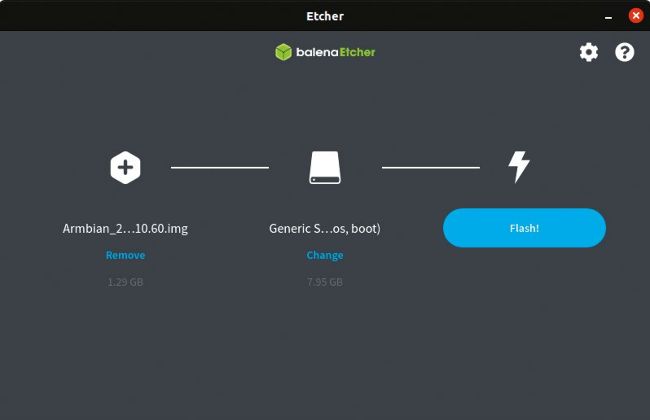OPENMEDIAVAULT
Build a Pi-powered network storage device
You can have your own high-end NAS device without breaking the bank, but Mats Tage Axelsson explains how it’s just a Pi and a bank of disks.
Credit: www.openmediavault.org

OUR EXPERT
Mats Tage Axelsson is working hard to avoid work and save money, which is tricky when computing plays such a large role in his life.
QUICK TIP
Armbian has a comprehensive list of hardware that it supports. When looking for the correct image, use the list to download a NAS image for your hardware.
W e’re pretty sure that your home network has plenty of devices attached to it. Ensuring files are backed up for all these devices, or sharing files between them, might be more tricky than you’d care to admit. That’s okay, you’re among friends here.
A neat solution to such problems can be found by attaching a NAS (network attached storage) to your network. On it, you can store large media files, backups and other files of importance. You could use memory sticks, external drives and the cloud, but with some projects it makes more sense to store them at home and have them available to all the devices in your home. It may seem more logical to set up a file server. Remember, though, that you may need to use several types of protocols for communicating with different devices that are used for different purposes.
For example, backing up your files is hugely different from sharing media files across different devices. You will also have an array of operating systems working over your network. Sure, you may run Linux everywhere, but most of us are still trying to force Windows and MacOS out of our consumer devices. Not to mention the operating systems on Smart TVs and smartphones – though many of these can be Linux based.
A not so NASty business
For serious computing, a NAS is what you need… but it also needs to be a small, low-powered device you can put under your desk or in your closet. Few people will be interested in having an expensive, costly-to-run rack server buzzing away in their closet.
A dedicated NAS is normally relatively expensive. Having started as an enterprise solutions, finding a cheap dedicated NAS isn’t easy. Storing data this way is something that businesses do with their most valuable data, so they’ll require the best and are willing to pay for it. Home-based Linux users may not have such a grand budget, and may just have a Raspberry Pi and a USB cable or two. Many hobby projects exist where you can obtain tips on what works and what does not.
To make the most of a storage system, your other systems need to easily access it. The obvious methods are SFTP, SMB, DAAP Media Server and rsync. Setting all these up individually is a hassle, but you can get a total solution in the form of OpenMediaVault.

If your experience of using dd is limited, consider using Balena Etcher to flash your image to the SD card.